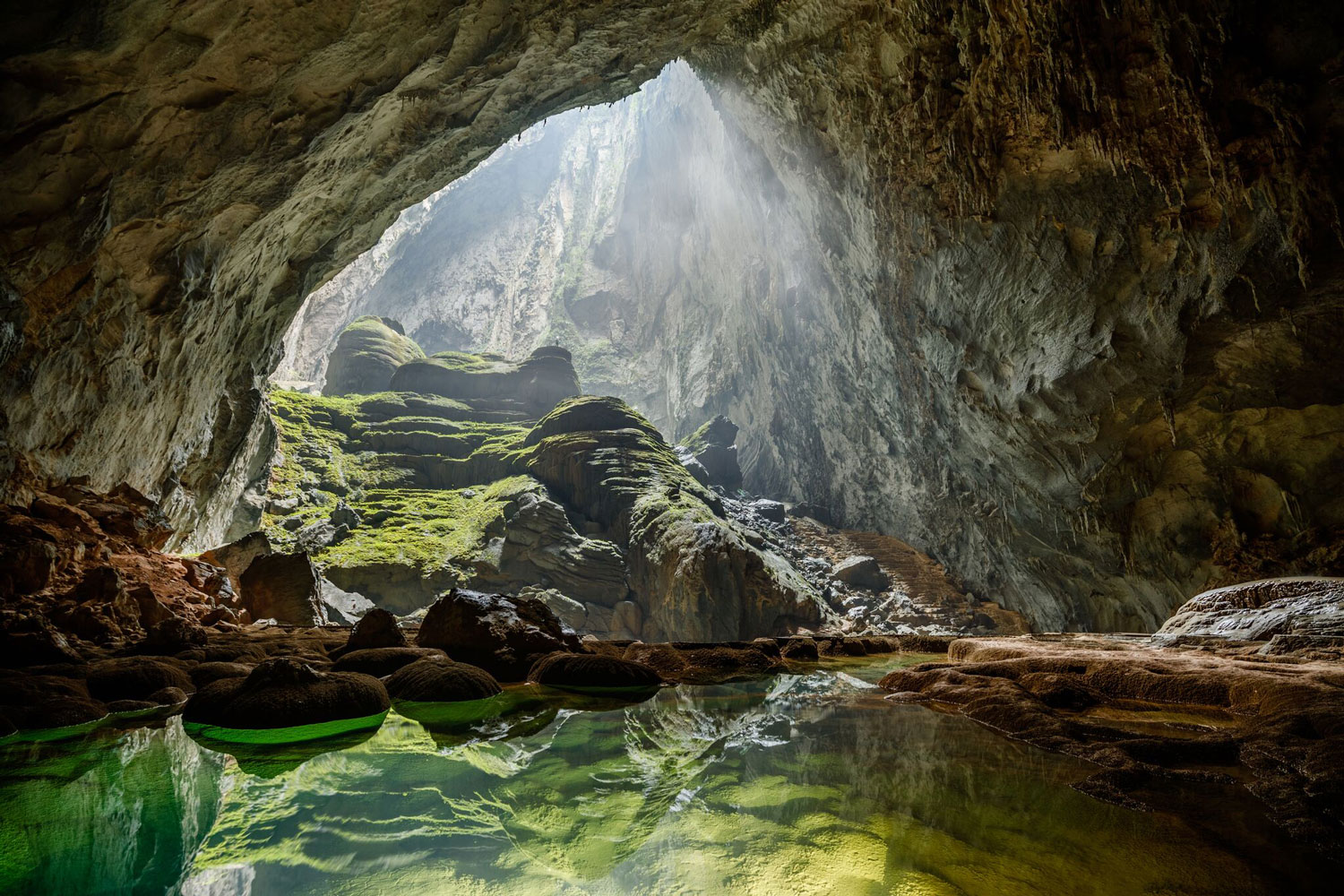
Looking to step off the beaten path and into one of the most breathtaking natural wonders in Southeast Asia? Phong Nha-Ke Bang National Park is your gateway to Vietnam’s mysterious underground world of giant caves, lush jungles, limestone cliffs, and untamed beauty. Located in Quang Binh Province, central Vietnam, this UNESCO World Heritage Site is often overlooked — but once you go, you’ll never forget it.
Whether you’re an avid adventurer, a nature lover, or simply someone craving stillness and green landscapes, Phong Nha offers a unique mix of thrill and tranquility. This comprehensive travel guide will show you when to visit, what to explore, where to stay, what to eat, and how to make the most of your journey into Vietnam’s wild side.
1. What Makes Phong Nha – Ke Bang Special?

Recognized by UNESCO in 2003 and extended in 2015, Phong Nha-Ke Bang National Park is home to some of the oldest karst mountains in Asia, estimated to be over 400 million years old. It also contains one of the largest cave systems in the world.
From the world’s biggest cave, Son Doong, to the longest underground rivers, Phong Nha is a geological marvel that feels untouched, unspoiled, and deeply mysterious. But it’s not just about caves — the national park also boasts waterfalls, jungle trails, rivers, and warm-hearted locals who call this land home.
2. Where is Phong Nha – Ke Bang & How to Get There?

Phong Nha is located in Bo Trach District, Quang Binh Province, about 50 kilometers northwest of Dong Hoi city and 500 kilometers south of Hanoi.
The fastest and most convenient way to reach Phong Nha is by air. Travelers can fly into Dong Hoi Airport (VDH) from major cities like Hanoi or Ho Chi Minh City. From the airport, it takes roughly one hour by taxi or private transfer to reach Phong Nha town.
Alternatively, you can take the Reunification Express train to Dong Hoi Railway Station, then continue your journey by taxi, motorbike, or minibus. For budget travelers or backpackers, sleeper buses connect Phong Nha with popular destinations such as Hue, Da Nang, Ninh Binh, Hanoi, and Ho Chi Minh City.
3. Top Things to Do in Phong Nha – Ke Bang
Phong Nha isn’t just a stop — it’s a full experience filled with both peaceful landscapes and adrenaline-pumping adventures.
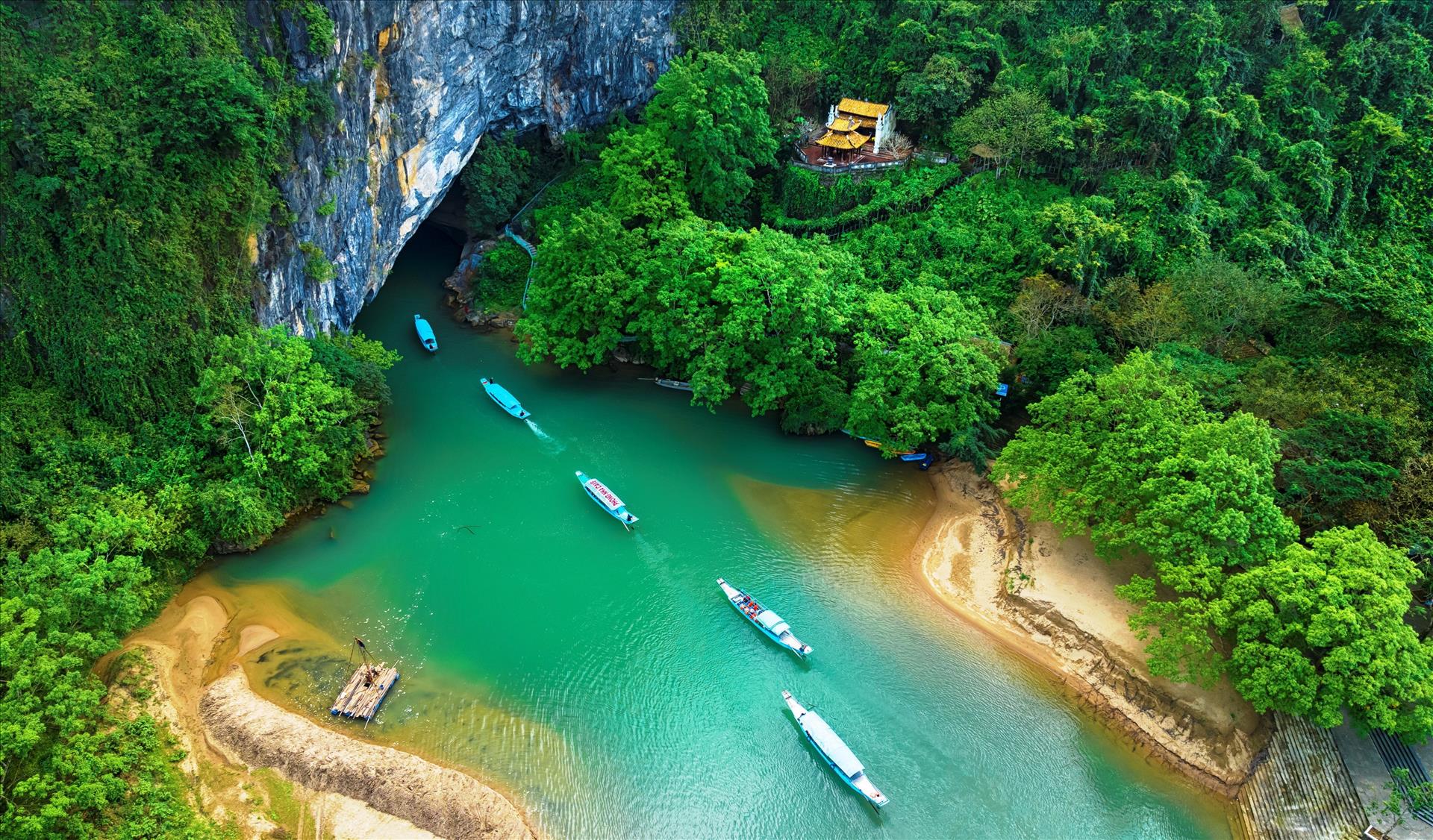
One of the must-do activities is exploring Phong Nha Cave, the most iconic and accessible cave in the park. Visitors glide into the darkness on a wooden boat along an underground river, marveling at the towering stalactites and cathedral-like chambers that seem carved by ancient hands. The cave tour typically lasts between 1.5 to 2 hours and begins right in the heart of Phong Nha town, costing around 550,000 VND per boat for up to 12 people.
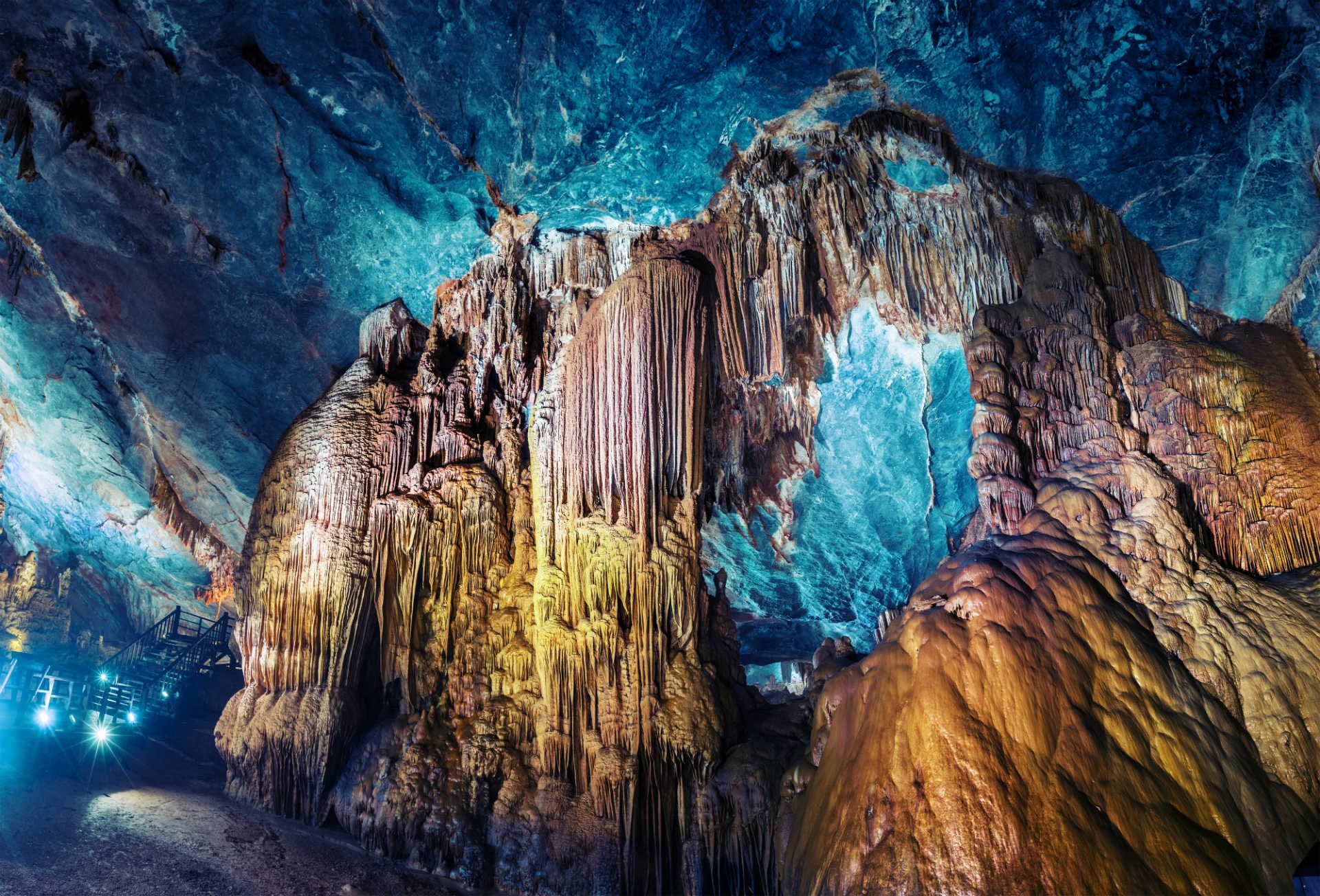
Next, don’t miss Paradise Cave (Thien Duong Cave), often referred to as the “Underground Palace.” This massive dry cave stretches over 31 kilometers, though the main tourist walkway covers just the first kilometer. Inside, you’ll walk on wooden platforms through awe-inspiring formations lit by soft lighting, creating a surreal and almost sacred atmosphere. The entrance fee is approximately 250,000 VND, and the cave is a 30-minute scooter ride from town.
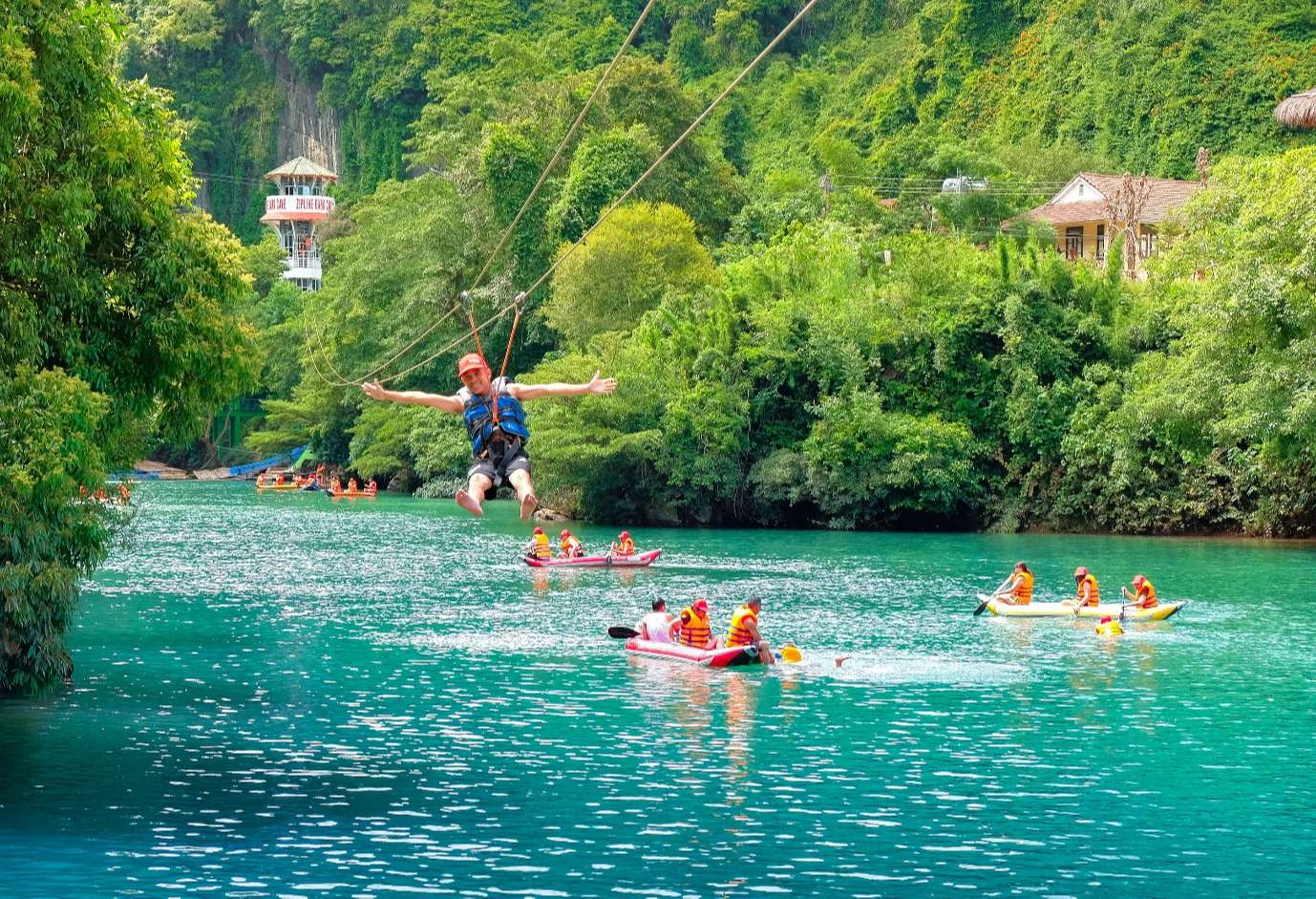
For travelers looking for more action, Dark Cave (Hang Toi) delivers a true adventure. The experience starts with a zipline over the river, followed by a swim into the cave mouth. Inside, visitors wade through pitch-black tunnels filled with mineral-rich mud, making for a messy but unforgettable journey. The tour ends with kayaking and a splash in the cool river. The full adventure costs about 450,000 VND. Don’t forget to bring swimwear and waterproof shoes.
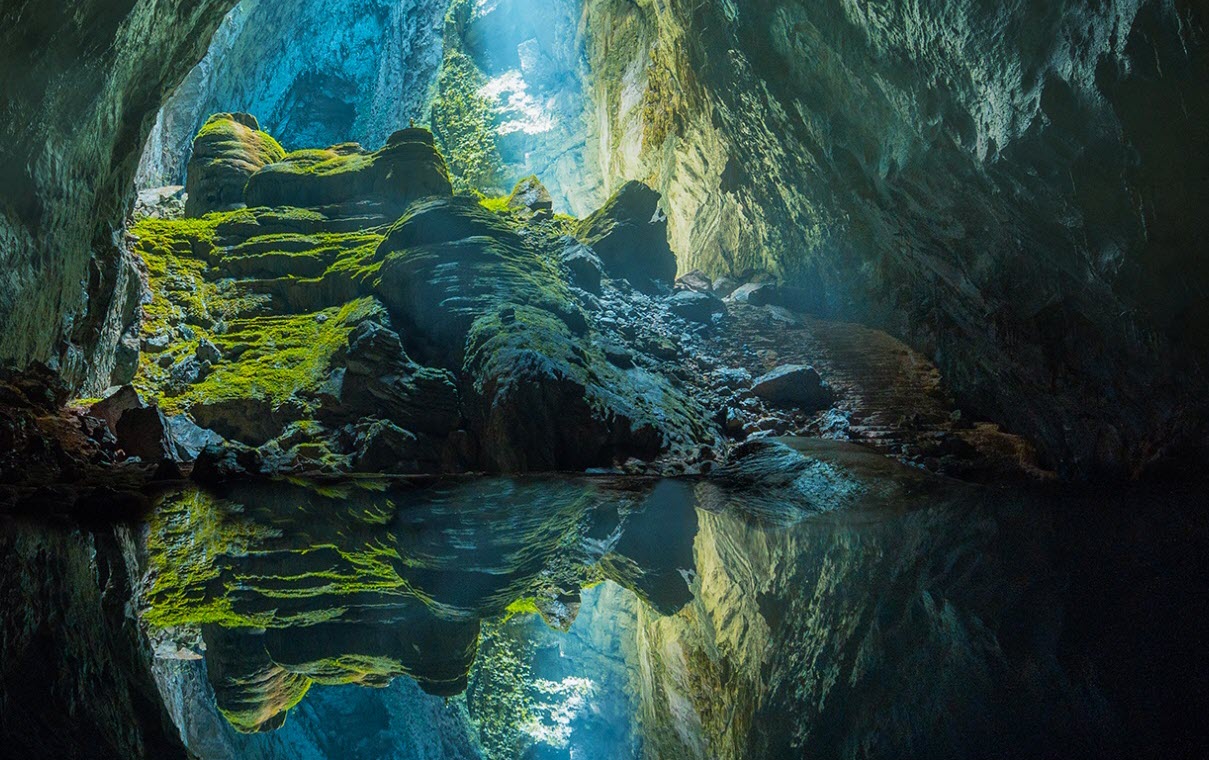
Those in search of a once-in-a-lifetime expedition can apply to visit Son Doong Cave — the largest cave in the world. With entire ecosystems and jungle landscapes inside the cave itself, Son Doong is unlike anywhere else on Earth. Access is limited to guided tours operated by Oxalis Adventure and costs approximately 3,000 USD per person for a four-day trek. Due to high demand and environmental regulations, booking 6 to 12 months in advance is essential.
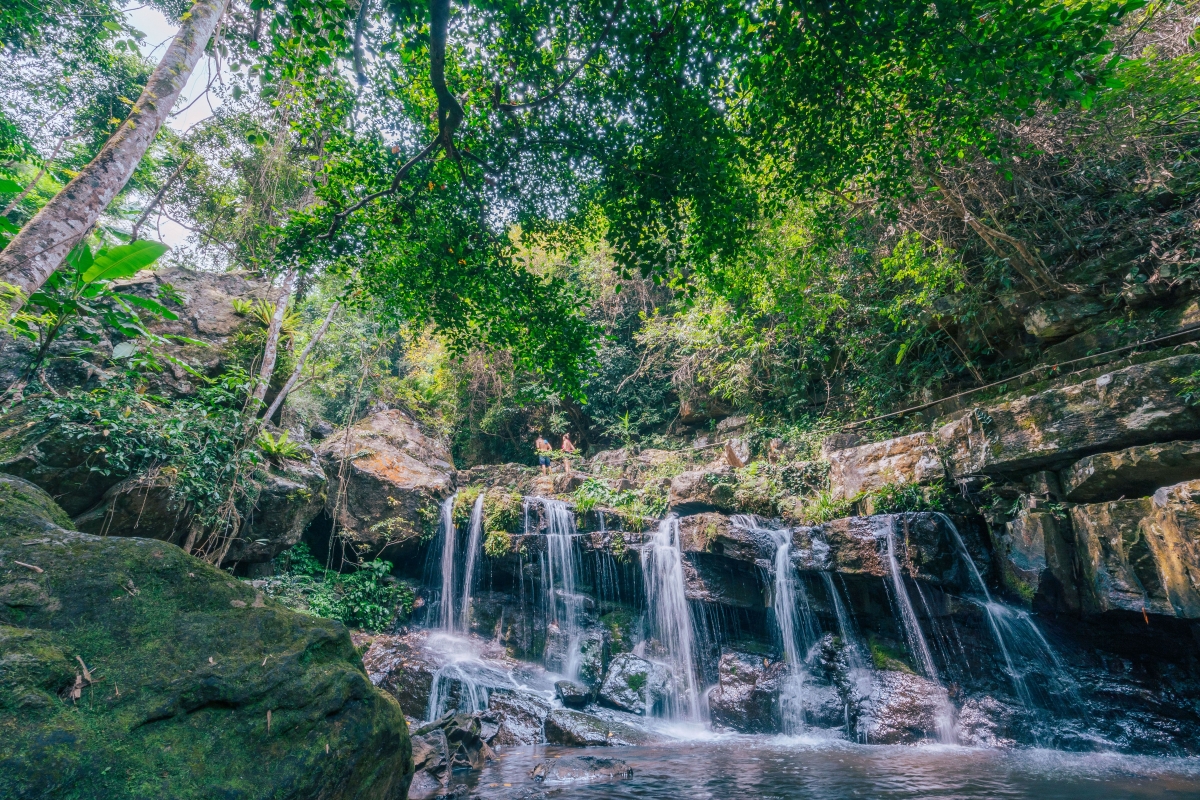
For a more relaxed immersion in nature, head to Phong Nha Botanic Garden or the Nuoc Mooc Eco Trail. These areas offer gentle jungle treks, wooden footbridges, turquoise swimming holes, and picnic spots — perfect for families or those looking to wind down without the intensity of cave trekking. Entrance fees range from 40,000 to 80,000 VND.
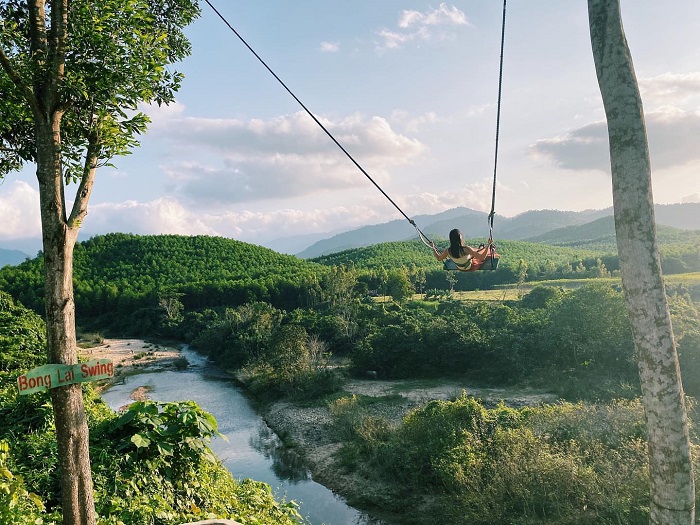
To connect with the human side of Phong Nha, consider renting a bicycle and heading into Bong Lai Valley. This peaceful rural area features rice paddies, peanut fields, water buffalo, and friendly locals. It’s also home to quirky stops like The Duck Stop, where you can interact with farm animals, and The Pub with Cold Beer, a favorite among backpackers.
4. Where to Stay in Phong Nha – Ke Bang
Despite its remote location, Phong Nha offers a diverse selection of accommodation options ranging from rustic bungalows to eco-luxury resorts.
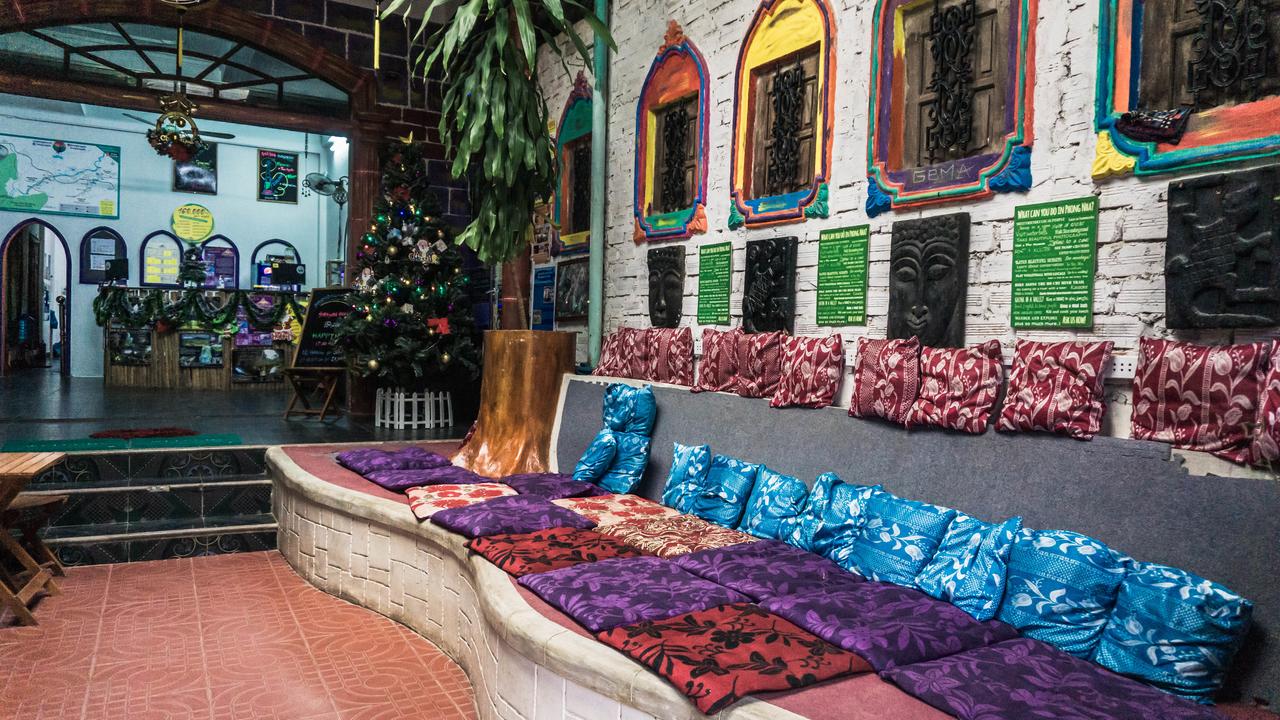
For budget travelers, Easy Tiger Hostel is a lively hub with a pool, social spaces, and helpful staff who can assist with booking tours. Another charming low-cost option is Nguyen Shack, where guests can sleep in bamboo huts near the river and wake up to birdsong.
Mid-range travelers will appreciate Phong Nha Coco House, a cozy riverside stay with excellent service and home-cooked meals. Son Doong Bungalow also provides tranquil lodging with views of the surrounding karst mountains, ideal for couples or small groups.
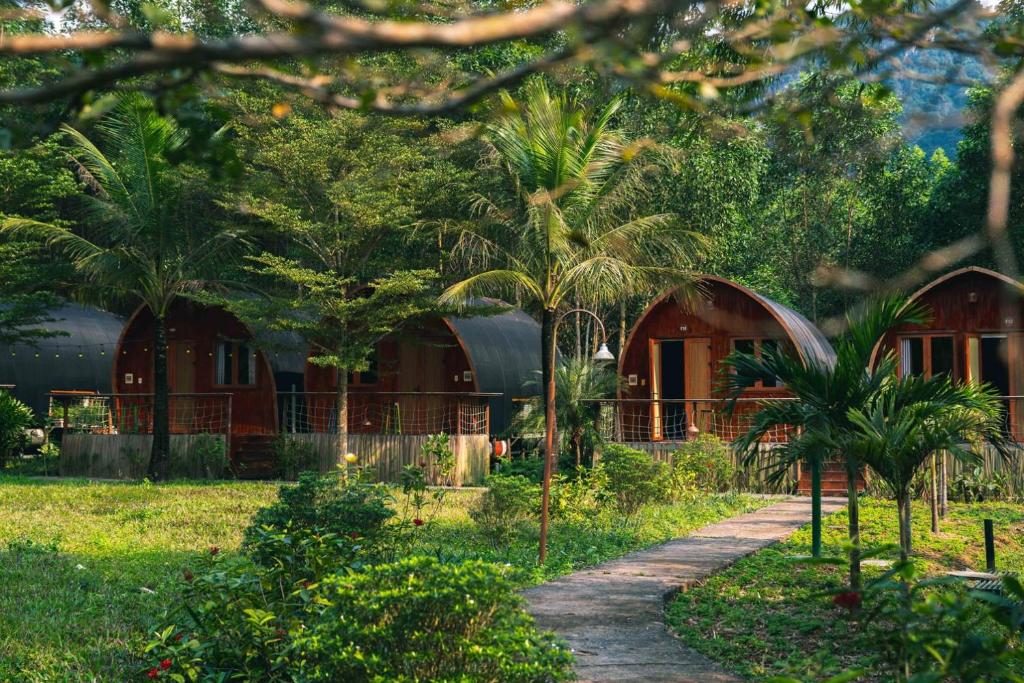
For those seeking more comfort or a romantic getaway, Chay Lap Farmstay & Resort offers modern eco-lodging surrounded by greenery and clean mountain air. Victory Road Villas delivers riverside luxury, complete with private balconies, a swimming pool, and spa services.
Most accommodations include free bicycle rental, tour booking support, and an opportunity to enjoy local cuisine in a relaxed, family-run setting.
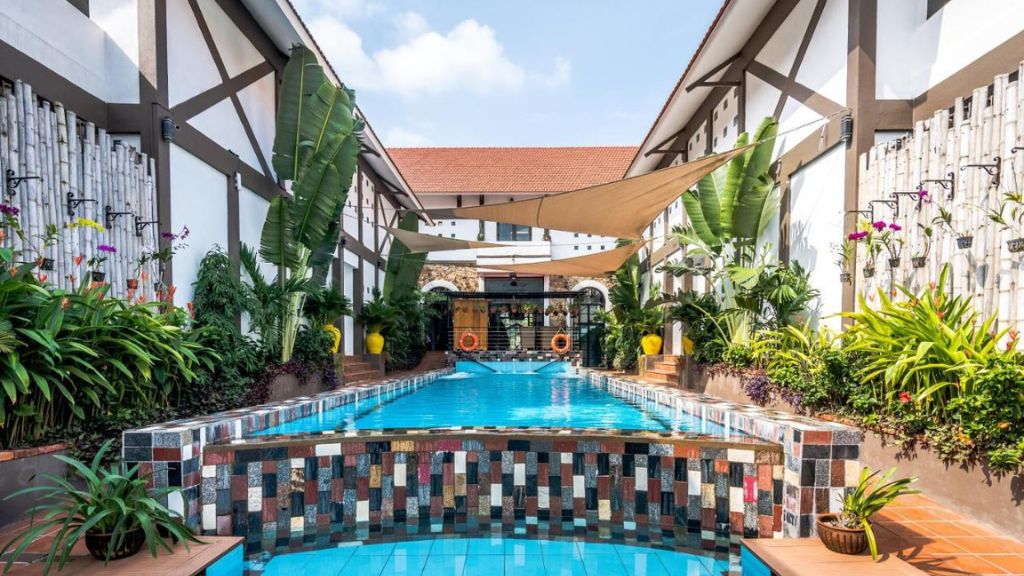
5. What to Eat in Phong Nha – Ke Bang
Phong Nha may be small, but its culinary offerings pack a big punch. The town is home to a surprising variety of local and international dining options.
Don’t miss traditional Vietnamese dishes like bánh lọc, a local specialty made of chewy tapioca dumplings filled with shrimp and pork. Another regional favorite is bánh canh cá, a comforting bowl of noodle soup with grilled fishcakes and herbs. You’ll also find grilled lemongrass pork, fresh spring rolls, and rice paper rolls bursting with herbs.

Popular places to eat include Phong Nha Bamboo Café, which serves a wide mix of Vietnamese meals and Western comfort food in a friendly, open-air setting. Omar’s Namaste is known for its authentic Indian cuisine with vegetarian and vegan options. For healthy fare, The Veggie Box offers smoothie bowls, wraps, and fresh salads. For an authentic local experience, visit Moi Moi Restaurant, where dishes are prepared with homegrown ingredients and served in a lovely garden space.
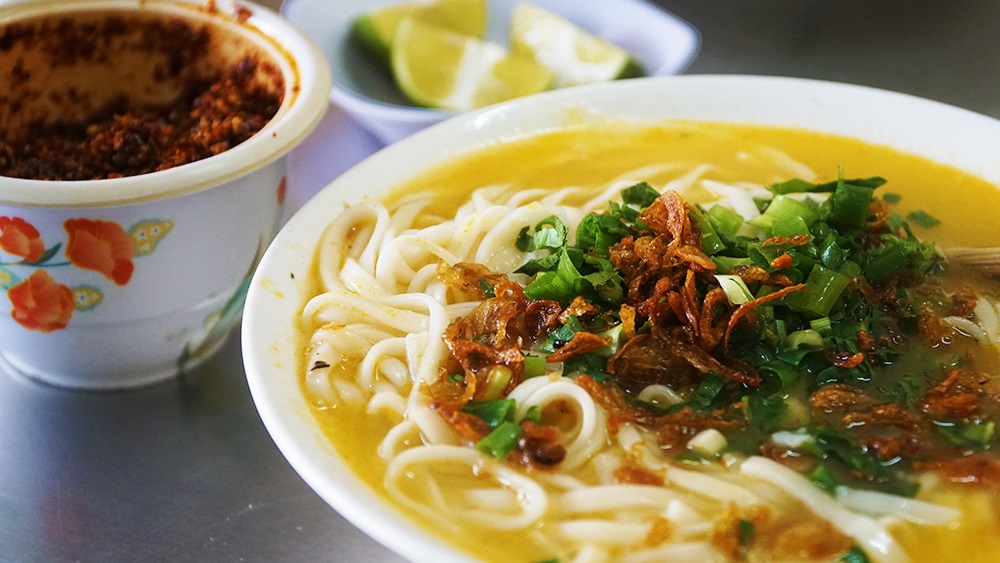
6. Best Time to Visit Phong Nha-Ke Bang
The dry season, from March to August, is the best time to visit Phong Nha. During these months, the weather is mostly sunny with average temperatures ranging from 28°C to 34°C — ideal for exploring caves, hiking trails, and swimming spots.
The rainy season, from September to November, can still be beautiful, but frequent downpours may cause cave closures, especially those with underground rivers. On the plus side, the landscape becomes greener, there are fewer tourists, and accommodation prices often drop.
If you’re looking to balance weather and accessibility, the months of April to June are generally considered ideal — warm, dry, and less crowded.
7. Travel Tips for Phong Nha – Ke Bang
While Phong Nha is safe and welcoming, it’s always good to be prepared. Bring enough Vietnamese Dong in cash, as ATMs are limited and sometimes unreliable. Pack quick-dry clothes, trekking shoes, a waterproof bag, and insect repellent — especially if you’re planning to explore caves or hike in the jungle.
Tours to popular caves, especially Son Doong, fill up quickly, so book in advance whenever possible. Respect the environment by avoiding littering and following all instructions from your guides, especially in protected areas. For mobile coverage, purchase a local 4G SIM card from providers like Viettel or Mobifone at the airport or in Dong Hoi.

Phong Nha isn’t just a destination — it’s a journey into the heart of nature. Whether you’re trekking through ancient karst landscapes, ziplining into muddy caves, cycling through peaceful valleys, or simply floating down the Son River, every moment feels alive and authentic.
PBJP Travel specializes in designing private tours for families and small groups from 1 to 50 guests. We provide private car pick-up and drop-off services in Japan, South Korea, Taiwan, and Vietnam.
Our services include:
- Vehicles from 4 to 50 seats in Japan, South Korea, Taiwan, and Vietnam
- Local tour guides living and working in each destination
- Visa assistance
- Hotel booking on request
- Booking of entertainment and leisure tickets
- Restaurant consulting and reservation


